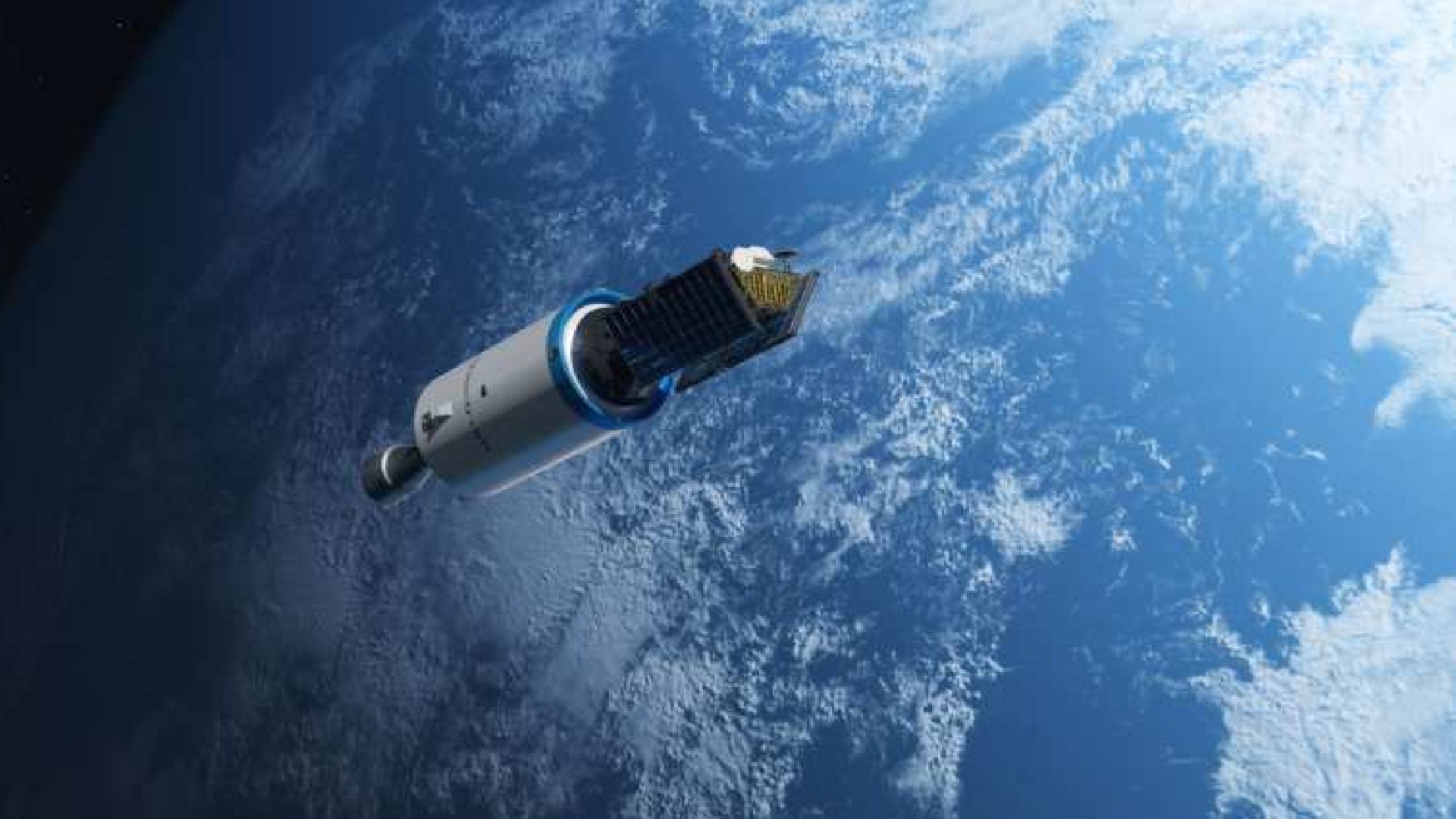The National Aeronautics and Space Administration (NASA), in collaboration with Elon Musk’s SpaceX, has launched a pollution monitoring instrument that will allow scientists to check and analyse air quality and pollution levels from space.
The Tropospheric Emissions: Monitoring of Pollution (TEMPO) was launched atop a SpaceX Falcon 9 rocket from Cape Canaveral Space Force Station in Florida on Friday (April 7).
Liftoff! Our #TEMPO mission and its host satellite are on the way to space. The size of a dishwasher, TEMPO is powerful enough to observe air pollutants across North America down to a resolution of 4 square miles (10 square km). pic.twitter.com/kmGHrPfzTN
— NASA (@NASA) April 7, 2023
From a fixed geostationary orbit above the equator, TEMPO will be the first space-based instrument to measure air quality over North America hourly during the daytime and at spatial regions of several square miles — far better than existing limits of about 100 square miles in the US, NASA said in a press release.
Spacecraft separation confirmed! The Intelsat satellite hosting our @NASAEarth & @CenterForAstro #TEMPO mission is flying free from its @SpaceX Falcon 9 rocket and on its way to geostationary orbit. pic.twitter.com/gKYczeHqV5
— NASA (@NASA) April 7, 2023
“The TEMPO mission is about more than just studying pollution – it’s about improving life on Earth for all. By monitoring the effects of everything from rush-hour traffic to pollution from forest fires and volcanoes, NASA data will help improve air quality across North America and protect our planet,” said NASA Administrator Bill Nelson.
In addition to analysing real-time pollution in rush hours, data from TEMPO would play a critical role in improving air quality alerts, studying lightning’s effects on ozone and tracking pollution levels in the case of forest fires, volcanoes and the effects of fertiliser application.
NASA makes data from instruments like TEMPO easily accessible to everyone,” said Karen St. Germain, division director for NASA’s Earth Sciences Division.
“This means that everyone from community and industry leaders to asthma sufferers is going to be able to access air quality information at a higher level of detail – in both time and location – than they’ve ever been able to before. And that also provides the information needed to start addressing one of the most pressing human health challenges,” St. Germain added.
By observing air pollution over the continental United States, Canada, Mexico, Cuba, the Bahamas, and part of the island of Hispaniola, NASA said TEMPO would dramatically improve scientific data records on air pollution including nitrogen oxide, sulphur dioxide, ozone and formaldehyde.
“Our TEMPO slogan is ‘It’s about time,’ which hints at TEMPO’s ability to provide hourly air pollution data,” said Xiong Liu, deputy principal investigator for TEMPO at the Center for Astrophysics, Harvard & Smithsonian in Cambridge, Massachusetts.
“After working on TEMPO for more than 10 years, it is about time to launch TEMPO to produce real TEMPO data and start the new era of air quality monitoring over North America,” Xiong added.
From its geostationary orbit – a high Earth orbit that allows satellites to match Earth’s rotation – TEMPO also will form part of an air quality satellite virtual constellation that will track pollution around the Northern Hemisphere, NASA said in the release.
“This marks a new era in our ability to observe air pollution over North America, including the entire continental United States,” said Barry Lefer, TEMPO program scientist and tropospheric composition program manager for NASA.
“It’s also opening the door for us to work more closely with our international partners to better understand global air quality and its transport,” Lefer added.
The TEMPO instrument was built by Ball Aerospace and integrated onto Intelsat 40E by Maxar, according to NASA.
Falcon 9 launches @INTELSAT IS-40e to orbit pic.twitter.com/yOukGyz9GJ
— SpaceX (@SpaceX) April 7, 2023
